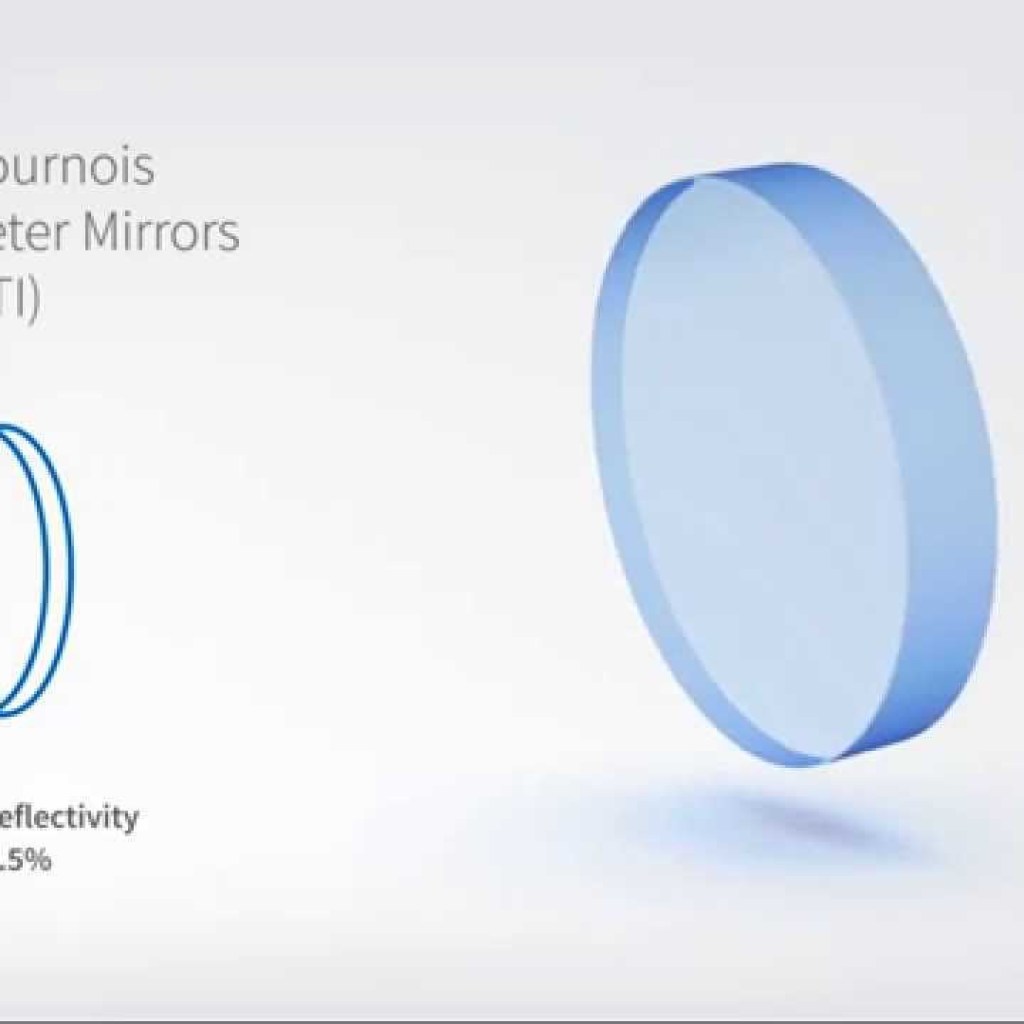Contents

Source: YouTube
<>
Gires–Tournois Interferometer: Understanding Chromatic Dispersion
Introduction
A Gires–Tournois interferometer (GTI) is an optical device used to induce chromatic dispersion. It operates on the principle of optical interference within a resonant cavity. This article explores the working principles and applications of GTIs.
Working Principle
A GTI consists of two mirrors, one partially reflective and the other highly reflective. By adjusting the distance between the mirrors, the device can induce specific amounts of chromatic dispersion. The interference of light within the resonant cavity leads to a frequency-dependent phase change, causing dispersion.
Applications
GTIs are commonly used in optics and photonics for dispersion compensation in lasers and optical communication systems. They can be designed to provide tunable dispersion for various applications requiring precise control over dispersion properties.
Advantages and Limitations
One of the main advantages of GTIs is their ability to provide controlled dispersion over a specific bandwidth. However, they have limitations in terms of bandwidth and control over higher-order dispersion. Alternative designs, such as chirped mirrors, offer broader bandwidth capabilities.
Future Developments
Researchers continue to explore novel designs and materials for GTIs to enhance their performance and applicability in advanced optical systems. By improving tunability and reducing limitations, GTIs can play a crucial role in shaping the future of optical technologies.
Conclusion
In conclusion, Gires–Tournois interferometers are valuable tools for manipulating chromatic dispersion in optical systems. Understanding their principles and limitations is essential for leveraging their benefits in various applications within the field of optics and photonics.

Source: MDPI
Feel free to comment your thoughts.



